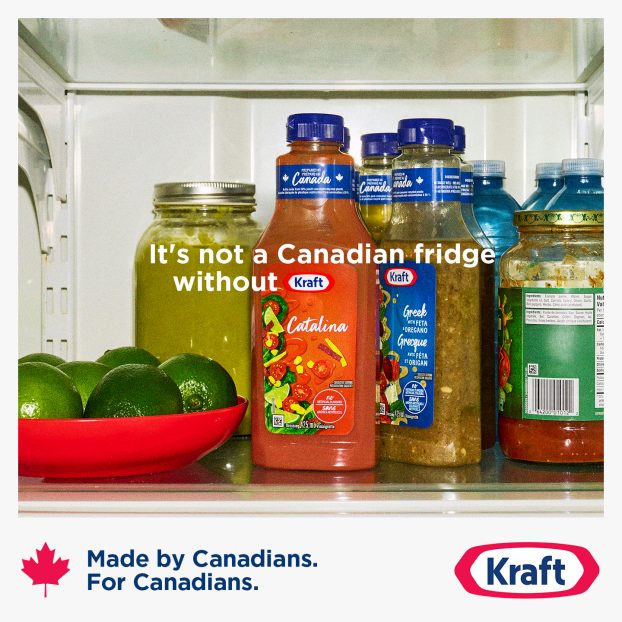When I heard Old Navy was coming to Canada, a particularly enthusiastic version of my dance-of-joy routine could be witnessed by concerned co-workers. Clothes-acquisition missions can be painful when one of the troop is a nine-year-old boy. First, there is the cruel wrenching away from the PS2 and gaming cohorts, then there is the trek to various unfun venues with even odds on whether anything will pass tween cool muster. Then there’s the whole price-point comparison. Old Navy supplies trendy clothes that are inexpensive, and does so in a very inviting kid-and-parent friendly venue. You don’t have to go to a whack of different stores (or undergo escalator trekking in department stores) to pick up stuff for the whole family. In a word (well, three actually): it’s cheap, cool, and convenient. And that’s even before you factor in its clever advertising, anchored with innovative promos.
After my initial glee subsided, I thought (like a good Canadian, indelibly swayed in my youth by the Made In Canada campaign), gee, who’s that going to hurt? The first thought that popped into my head as the main competition for wardrobe renewal – Gap – is, of course, not only also U.S.-based, but big brother to Old Navy. Ironic that.
The Old Navy incursion, as well as the impending touchdown of Pottery Barn, a retailer whose closest competitor here is another American chain, Restoration Hardware (not actually a hardware store, as I found out on a quest for nails), brings home the realization that Canada is lagging in the lifestyle/brand approach to retail. That makes marketing against these border-hoppers an even tougher proposition. Competitors in these categories will have to step up their image advertising efforts and forge a connection with consumers beyond the ‘don’t-pay-a-cent’ variety.
In Canada, there are few strong retail entities that entice consumers simply on the merits of their environment and product offerings – that click with consumer on an emotional, non-price-related basis. Chapters and its new parent Indigo, like Barnes and Noble before them, have been successful at achieving mind share and expanding their book realm to other lifestyle offerings. Loblaws has also done a good job of catering to and anticipating consumer needs, delivering a comprehensive array of products and services that forge a true brand connection.
On the fashion front, few retailers have created a platform for their brand as strongly as Roots. It has all the hallmarks of a true brand; not only has it spun its retail roots from shoes, bags and clothes to Roots Home and Roots Camp, it has been able to ink licensing deals (see Roots vitamins story, Strategy, Jan. 29). Until recently, Roots was still solely a retail brand. With the launch of Roots Air (see p. 6), it enters a new category, and as with any brand that expands into new areas, runs the risk of overextending its core competency or diluting the brand or – given that anything airport-related is usually so darn annoying – actually tarnishing it. The upside, of course, is huge. It’s a big fat flying billboard for your brand, which people pay to enter.
Bottom line: Focus on the brand, and the product will move.
Cheers,
mm
Mary Maddever
mmaddever@brunico.com























